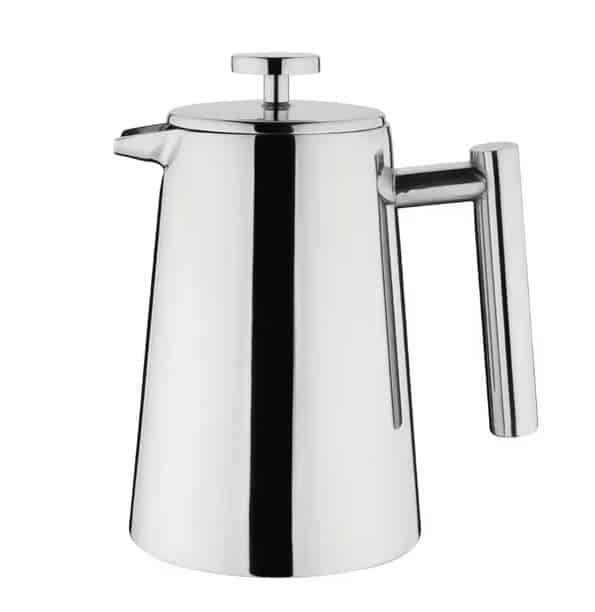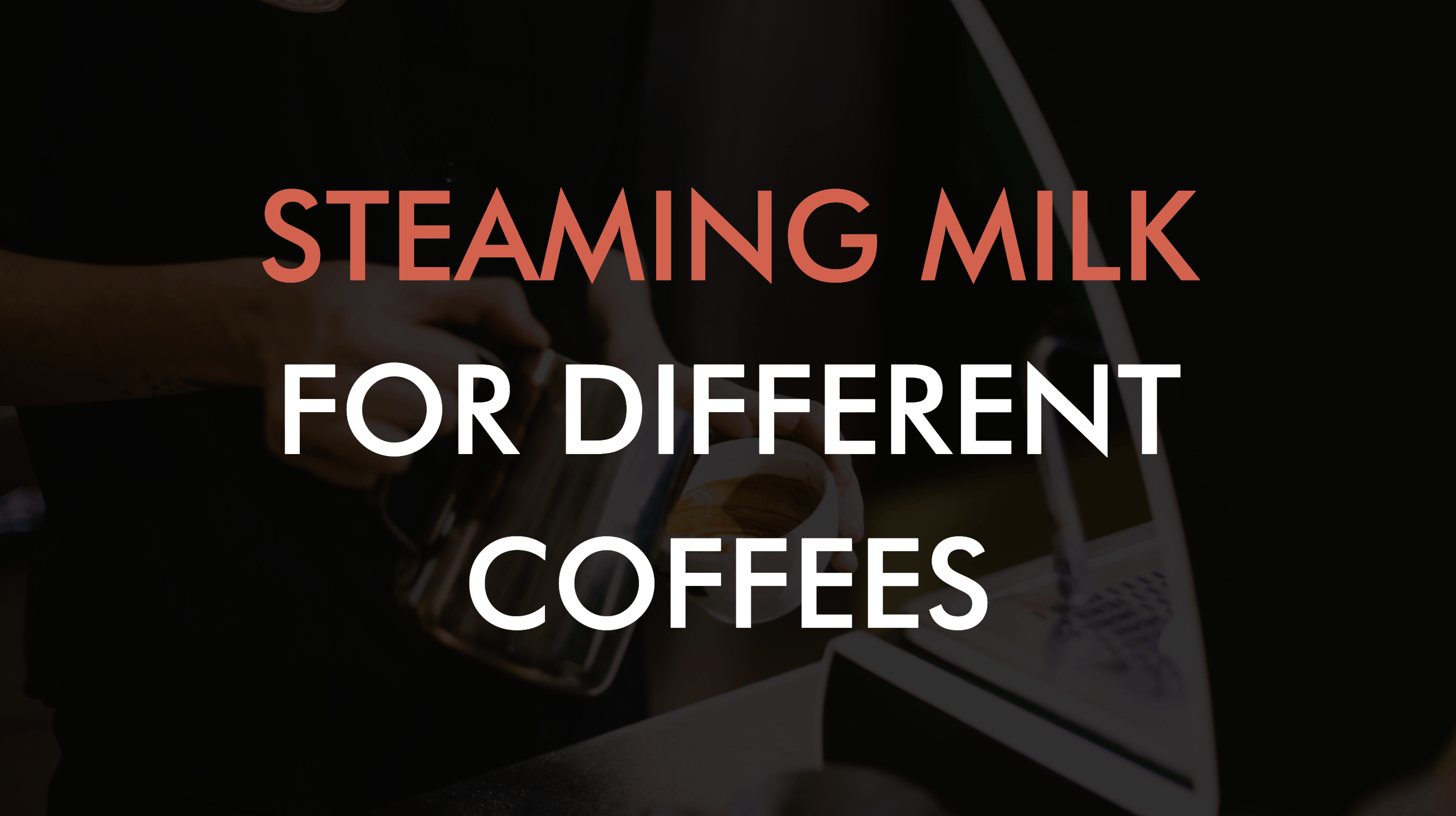Not everyone has the luxury of spending $500-$5000 on an espresso machine, but that doesn’t mean you can’t enjoy specialty coffee. All you need is a $40 plunger and some delicious Coffee Beans Delivered coffee beans!
The coffee Plunger or otherwise known as the French Press dates back to 1852 when two Frenchmen, Mayer and Delforge, created the first design. It was officially invented in 1923 by Paolini Ugo and by 1929 it was patented by Italian designers Attilio Calimani and Giulio Moneta!
The Plunger is genuinely a great invention; it’s affordable, easy to use and doesn’t take up as much space as espresso machines.
The old way to make plunger coffee was to throw all of your ingredients together and then serve. If you’re in a rush, this may work for you, but if you want an excellent tasting plunger coffee to enjoy, you’ll want to take a bit more time and care into it to extract the best flavours.
Before you even start thinking about the Plunger, you want to focus on the grind. This affects the bitterness or sweetness of your coffee. If you don’t have a coffee grinder, ask your coffee bean provider to grind your beans to a medium/coarse grind. We recommend a coarse grind because when in the Plunger with water, having a greater surface area that the coarse grind allows will let you achieve a balanced and tasty extraction. If you grind your beans at home and find that you’d prefer a punchier taste and that it’s too sweet, make your grind finer. If you prefer the sweet flavour, grind it coarser. It takes a bit of trial and error to work out what is perfect for you, but the patience is well worth it to get that perfect cup of coffee!
How much coffee you need in your Plunger depends on how many coffee’s you’re planning on making. While there’s a maximum your Plunger can make, there isn’t precisely a minimum. I find the best extraction happens around the 1:16 ratio which is 16g per 270mls. If you don’t have kitchen scales to get those exact measurements a general rule of thumb is to get a small scoop per small cup. Another aspect to consider is temperature. You’ll want to heat your water to around 93 degrees however, if you don’t have a precision kettle, boil your water and wait about 30 seconds. Waiting that 30 seconds should drop the water temp to around 92 degrees.
Make sure you pour some boiling water into the Plunger first to warm up the glass, this means that the hot water can focus on extracting your coffee grind rather than warming the glass. Next, add in the grinds and then pour about 50mls of your hot water in to start or just enough to cover the grinds first. Gently mix it in to help saturate every single grind. If you don’t mix or stir the water and the grinds or wait too long to move onto the next step, the release of CO2 from the grind will cause it to float to the surface and it won’t extract properly! Once you’ve saturated the grinds, you can then add the rest of your water and gently mix again. Now add the lid and steep for 6 – 8 minutes, for the best results, don’t push the lid down yet. It’s really important to not rush the steeping process! If you only wait a few minutes rather than those 6 – 8, you’re not going to extract the best flavours, and your coffee could be a little sour and weak in taste. Once you’ve waited long enough, you can slowly push the lid down. It’s incredibly important not to push fast as agitating the coffee at this stage, it just going to over-extract it which will cause it to become bitter. If you feel resistance from the grind, it may mean that your coffee is too finely ground so ease it back a tad and then push down again until you reach the base. It’s now time to serve up your brew! It can sit in the Plunger for a little, but its best to pour it all out to entirely stop the extraction process!
We’ve compiled some different plungers so you can decide what’s the best option for you!
Happy Brewing!






![Beginner's Guide to buying coffee beans online [2020 Edition]](http://coffeebeansdelivered.com.au/cdn/shop/articles/Buying-Coffee-Online-in-2020.png?v=1632885577&width=2880)
